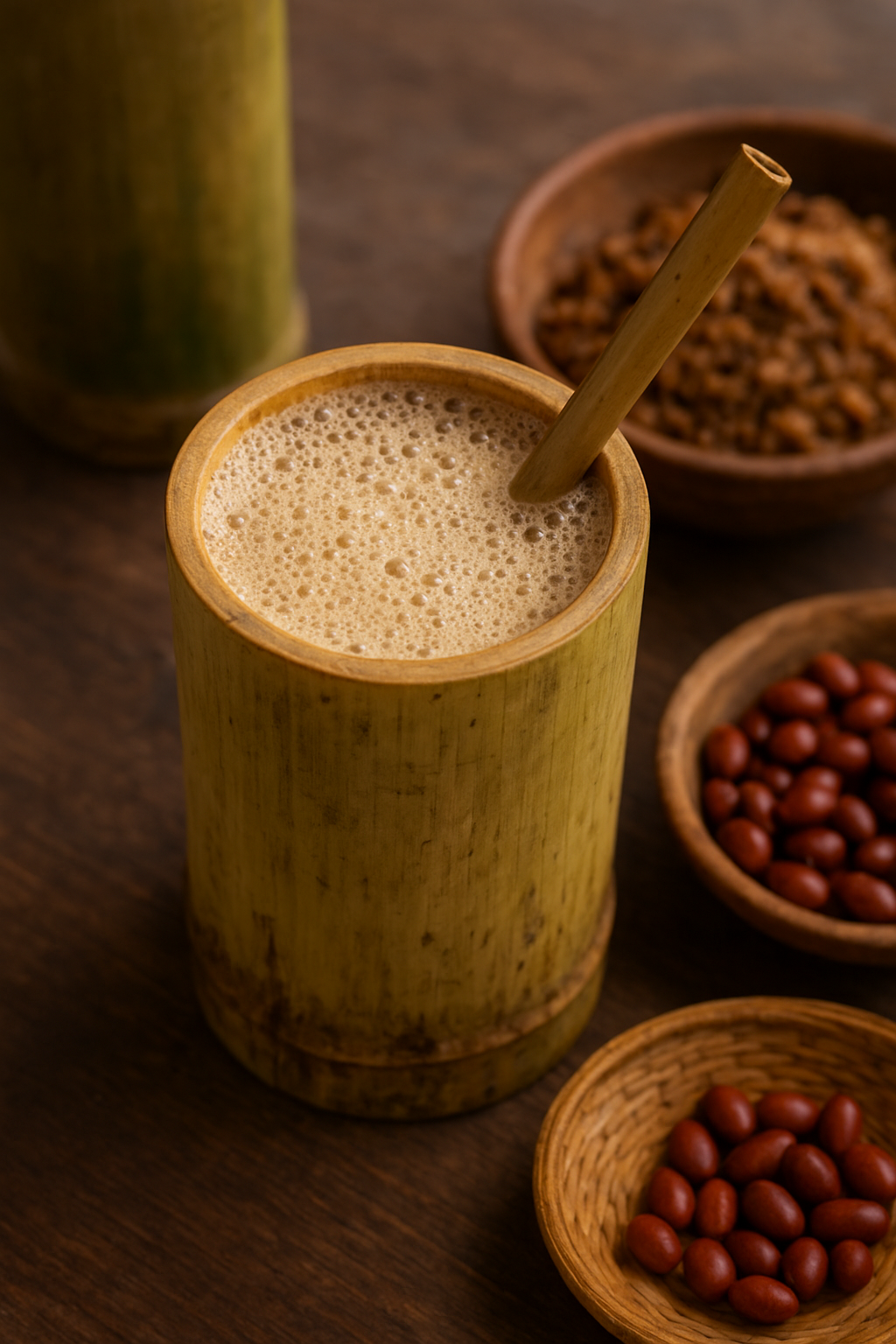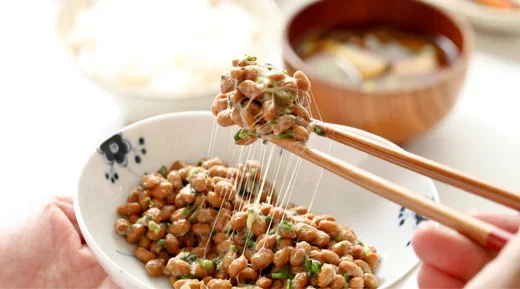What Makes Sikkim’s Ancient Brewing and Food Preservation Traditions So Unique?
A Mountain of Flavour: Where Tradition Meets Fermentation
In Sikkim, food isn’t merely about sustenance — it’s a story of adaptation, ecology, and ancestral wisdom passed down through quiet kitchens in misty Himalayan villages. The art of fermentation here is as old as the mountains themselves, born from the need to preserve food through long, cold winters and steep terrains where fresh produce wasn’t always accessible.
Today, those age-old methods — once confined to rural households — are being rediscovered by chefs, home-brewers, and culinary travellers eager to taste the living culture of the Himalayas. From millet beer (tongba) that warms the bones to the pungent depth of fermented soybeans (kinema), Sikkim’s ancient brews and pickles are making a flavorful comeback — one bowl, one sip at a time.
The Ancient Brew: Tongba, the Drink of the Hills
Tongba, often called the “Himalayan millet beer,” is a traditional Limbu drink that embodies the communal spirit of Sikkim. Made by fermenting and ageing millet in bamboo containers, tongba is consumed by pouring hot water over the fermented grains and sipping through a bamboo straw.
Each sip reveals subtle earthy notes and a slow-building warmth — the perfect companion to mountain evenings. Once limited to village festivities, tongba now finds a place in boutique cafés and culinary pop-ups across Gangtok and Yuksom.
Where to Try:
Mu Kimchi Café (Gangtok): Serves artisanal tongba with locally foraged herbs.
Taste of Sikkim Supper Club: A slow-dining experience where tongba is paired with millet momos and smoked meats, run by local chef entrepreneurs promoting indigenous brews.
Kinema: The Fermented Soybean with a Soul
Sikkim’s kitchens would be incomplete without kinema, a naturally fermented soybean dish that has nourished generations. It’s a source of protein and probiotic goodness, prepared through spontaneous fermentation in bamboo baskets lined with leaves.
The aroma is bold, the flavour tangy and nutty — often compared to Japanese natto, but with a distinct Himalayan character. Once known as a humble farmer’s dish, kinema is now being reimagined in fine dining settings across the state.
Where to Try:
9’INE Native Cuisine (Gangtok): Try their Kinema Fried Rice or Kinema Chilli Stir-Fry.
The Local Café (Tadong): Offers a fusion twist — Kinema Bao and Kinema Toasts for the adventurous palate.
Pickles and Preservation: A Palette of Patience
Sikkim’s pickling traditions are deeply tied to its biodiversity. The cool, humid climate is ideal for fermenting vegetables such as radish, mustard greens, and dalle khursani (fiery cherry pepper). Pickles are stored in ceramic jars, buried or kept near hearths for weeks — infusing them with complex layers of sour, spicy, and smoky flavour.
Many homes still follow ancient recipes that don’t rely on vinegar — only natural fermentation and Himalayan salt. These pickles accompany every meal, transforming the simplest rice into a feast.
Where to Try:
Temi Heritage Café (near Temi Tea Garden): Serves platters featuring homemade dalle and radish pickles.
Farm-to-Fork Tours (Rumtek): Culinary experiences where travellers learn traditional pickling techniques from village women.
Chefs Leading the Revival
A new generation of Sikkimese chefs is bringing ancestral fermentation techniques to modern dining tables — reconnecting cuisine with culture.
Chef Pem Lhamu Bhutia: Known for her “Modern Himalayan” pop-ups in Gangtok, she experiments with kinema-infused sauces and millet-fermented sourdoughs.
Chef Lobsang Tenzing: Founder of the Sikkim Fermentary Project, teaching communities to preserve indigenous brewing and pickling.
Chef Nima Lepcha (Taste of Sikkim Supper Club): Crafts tasting menus that blend traditional brews with slow-cooked meats and foraged greens.
Together, they’re turning Sikkim’s kitchens into living museums of fermentation.
For the Curious Traveller
For those who travel through taste, Sikkim’s fermentation revival offers not just flavour but philosophy — a way of living in harmony with the mountain’s rhythm. Attend a local supper club, visit a small family-run brewery, or take a pickling workshop in a village — and you’ll discover that fermentation here isn’t just about food preservation.
It’s about preserving memory, identity, and belonging — one bubbling jar at a time.



